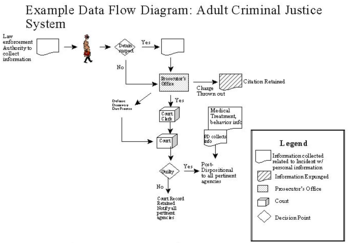Crosscurrents Reading In The Disciplines Pdf Editor
View abstract + The spatial turn of recent years has brought a number of novel landscapes into focus for scholars of East Asia. One such frontier—located at the intersection of urban development, state power, and territorialization—provided the conceptual ground for the inaugural issue of the Cross-Currents e-journal in December 2011. View abstract + Japanese mapping in the Asia-Pacific region up to 1945 calls for scrutiny, because its development was a multifaceted process with military, administrative, political, and cultural dimensions. This article traces the changes in Japanese mapping of overseas areas to the end of World War II and assesses the significance of the resulting maps, called gaihōzu, as sources for East Asian history.

As implements of military operation and colonial administration, the gaihōzu were produced during a protracted period by various means under changing circumstances. Expanding military activity also promoted differentiation among the gaihōzu by increasing the use of maps originally produced in foreign countries. Statutorily Sealed Case File In Connecticut Notice. In conclusion, the need for detailed cataloging, in combination with chronologically arranged index mapping, is emphasized for the systematic use of the gaihōzu. View abstract + This study attempts to delineate the boundaries of the spheres of interest in Manchuria and Inner Mongolia established under the Russo-Japanese accords of 1907 and 1912. Although the agreements are well known, there have been few efforts to reconstruct these spheres cartographically. Two existing maps offer contradictory interpretations.
We would like to show you a description here but the site won’t allow us. History of Sociology, Theory, Science, Knowledge and Technology. Word Count: 1253. This collection of essays is an effort to help sociologists recover from what Alex. Mrv Fee Receipt Activation Key. Law and Eric Royal Lybeck (the editors) call “sociological amnesia,” a disease that continues to afflict the discipline in its relationship to classical authors.
These partition agreements had a major impact on diplomacy, railway policy, and strategic planning during the decade they held force between 1907 and 1916, and the precise location of the Russo-Japanese sphere boundaries in this contested region was a matter of no small consequence. The author proposes a revised boundary map based on an examination of textual and cartographic sources, including maps produced by the army command of the Kwantung government-general.
At the same time, the author seeks to highlight the potential value of cartographic analysis as a mode of historical inquiry into the record of Japanese imperialism. Cartography was an indispensable tool for modern empire builders in bringing a measurable territoriality to their realms and making their lands and subjects politically legible. The mapping entailed in these boundary agreements was important not only in bilateral diplomacy, but also in enhancing the legibility of Manchuria and Inner Mongolia to Japanese imperialists themselves. View abstract + Drawing from an assortment of government reports, contemporary publications, and cartographic materials, this article examines the triangulation survey conducted by the Japanese government-general in Korea from 1910 to 1918. In addition to elucidating the mapmaking process, it explores the ways in which the triangulation survey both reflected and promoted Japan’s colonial authority in Korea and abroad. By turns, the author provides a broad sketch of the planning and implementation of the survey, considers the tools and techniques that enabled it, traces the progress of the triangulation enterprise, and dwells on the legacy and limitations of the maps brought about by the triangulation survey. View abstract + Japan acquired the Mariana, Caroline, and Marshall Island chains as a League of Nations mandate following World War I. Why did the local administration (the South Seas Government or Nanyōchō) heavily subsidize the establishment of a sugar industry?